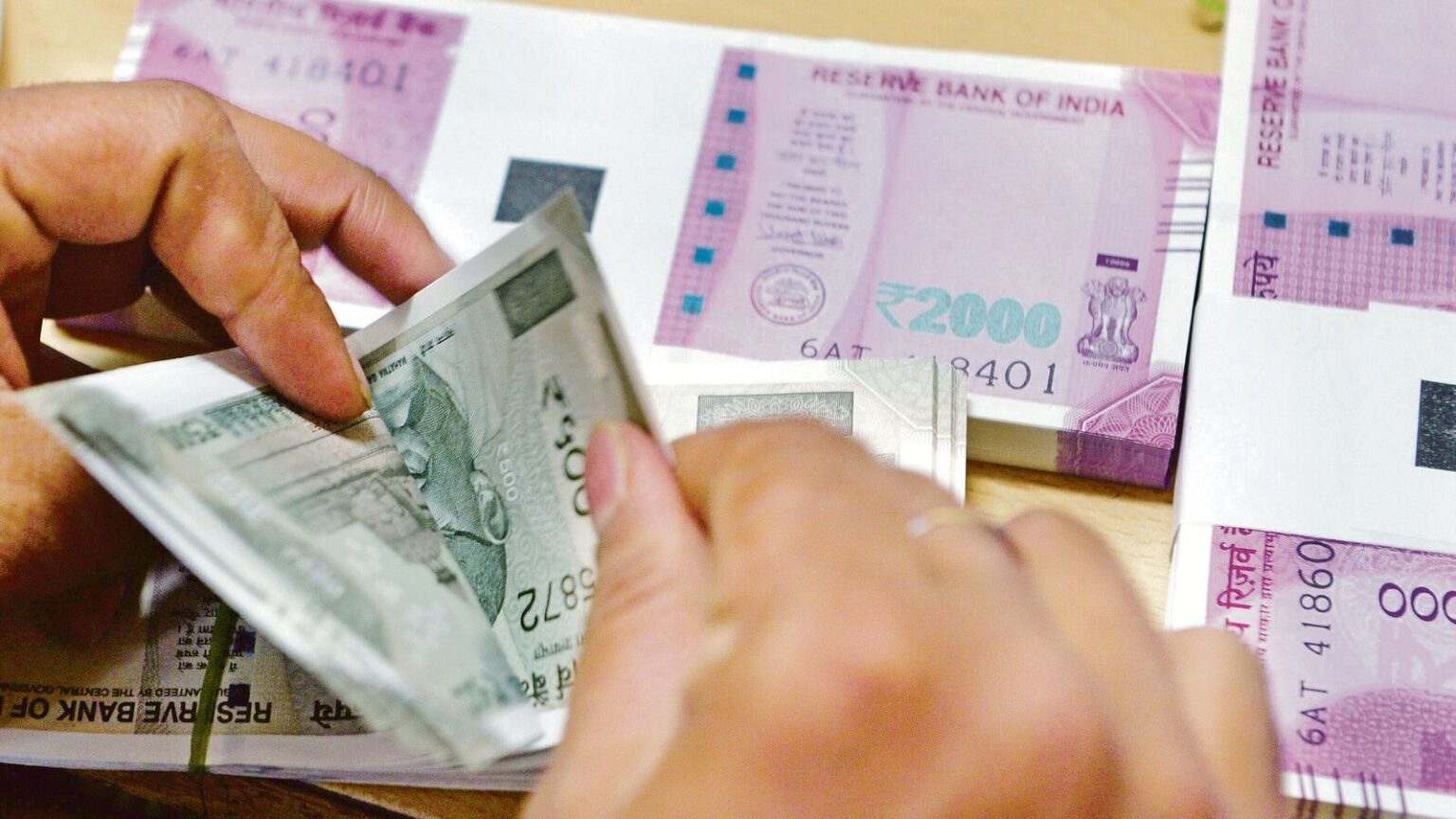India’s foreign exchange reserves have declined by $4.11 billion, reaching $640.28 billion as of December 27, 2024, according to the Reserve Bank of India (RBI). This marks the fourth consecutive week of decline, with a cumulative reduction of $17.8 billion during this period.

Source:- bbc news
The primary contributor to this decline is the decrease in foreign currency assets, which fell by $4.64 billion to $551.92 billion. In contrast, gold reserves experienced an increase of $541 million, totaling $66.27 billion. Special Drawing Rights (SDRs) saw a marginal decrease of $12 million, standing at $17.87 billion. Additionally, India’s reserve position in the International Monetary Fund (IMF) remained unchanged at $4.22 billion.
Source:- news 18
The consistent decline in forex reserves is largely attributed to the RBI’s interventions in the forex market aimed at mitigating volatility in the Indian rupee. The rupee has faced depreciation pressures, recently reaching an all-time low of 85.8075 against the U.S. dollar. Factors contributing to this depreciation include concerns over India’s slowing economic growth, a widened trade deficit, and the strengthening of the U.S. dollar driven by a hawkish U.S. Federal Reserve policy outlook.
The RBI’s strategy involves selling dollars through state-run banks to stabilize the rupee and prevent a significant slump. While these interventions are essential for maintaining currency stability, they result in a reduction of the forex reserves. It’s noteworthy that despite the recent declines, India’s forex reserves had previously reached an all-time high of $704.89 billion on September 27, 2024.
Maintaining adequate forex reserves is crucial for India’s economic stability, as they provide a buffer against external shocks and help in managing exchange rate volatility. The recent trends underscore the challenges faced by the RBI in balancing the need for currency intervention with the imperative of preserving reserve adequacy.
Share your views in the comments

